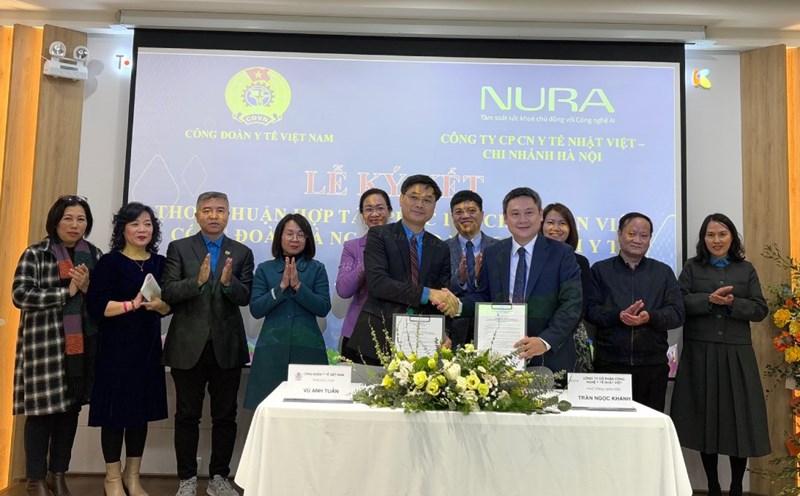Mr. V.V.M (72 years old, Quang Ninh) has a history of smoking at the age of 20. Although his family repeatedly advised him to stop taking the medicine, it was unsuccessful. In recent years, his son has taken Mr. V.V.M for a periodic health check-up and a low-dose lung CT scan.
In December 2024, through screening, a single 1.2 cm branch of the glasses was discovered on Mr. M's lung. According to medical assessment, for long-term heavy-handed smokers, the risk of lung cancer is up to 70%.
MSc. Dr. Vu Truong Son - Medical Director of FV Hospital said that because Mr. M. is old and has underlying diseases, his family hopes that the surgical method will be less invasive, both completely removing the tumor and preserving maximum lung tissue.
The surgery lasted 60 minutes. The tumor was marked with a CT and completely removed. Test results determined that there was no small cell lung cancer stage 1 (T1N0M0. Thanks to early detection and thorough surgery, the chance of survival is 100%. If in phase 2, this rate decreases to more than 60%, the cost of treatment increases 10 times.
Knowing that he had a tumor with a high risk of cancer, Mr. M was worried and determined to stop taking medicine and splintered the plum himself. "I was afraid of complications such as infections and bleeding, but luckily the surgery went smoothly, with little pain and a quick recovery," Mr. M shared before being discharged from the hospital.
Lung cancer is the leading cause of death. MSc. Dr. Vu Truong Son recommends that people who smoke cigarettes, tobacco products (including passive smoking), are exposed to kitchen smoke, vehicle smoke, honeycomb coal or work as blacksmiths, glass blowers, etc. should have regular check-ups, take a low-dose lung CT scan every year for early detection and timely treatment.
Choosing a treatment method for lung cancer will depend on the stage of the disease including: surgery, chemotherapy, radiotherapy, targeted treatment, immunotherapy... In particular, the most prominent method is thoracic surgery with video support (VATS) - this is a minimalist invasive technique with a surgical incision of only about 1.5-3 cm, less complications, less pain, and high results.











